Travel Back in Time to Baroque Bratislava
Do you know where the biggest Baroque painting in Slovakia is? “The Queen of Angels”, a monumental piece of art, hangs in the Franciscan Church’s chapel on Františkánska Street in the very centre of the city.
The Marian-themed restored oil painting is almost 30 square metres large.
“It is a top-of-the-art work from the late Baroque period,” said Ivan Jančár, director of the Bratislava City Gallery (GMB). They placed the painting in the chapel, as the giant work would not fit into any of the palaces in which GMB exhibits its collections.
Holders of the Bratislava CARD City & Region tourist card can visit the gallery free of charge. Baroque works are exhibited in the Mirbach Palace, opposite the Franciscan Church.
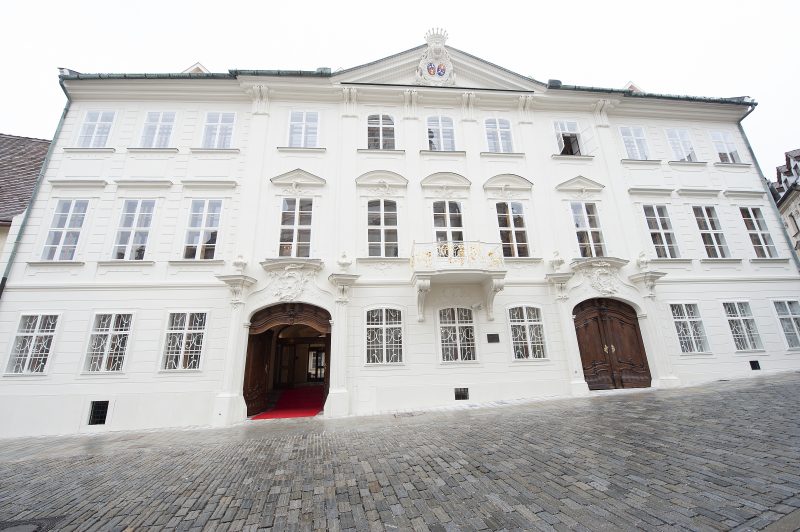

Up to the castle, into the cathedral
During the recent extensive reconstruction, the Bratislava Castle resumed its Baroque style, first introduced to the Slovak capital by Queen Maria Theresa back in the 18th century. Today, visitors can once again admire the impressive staircase adorned with gold and the castle’s representative rooms or stroll through the restored Baroque garden. Tourist card holders can visit the castle free of charge.
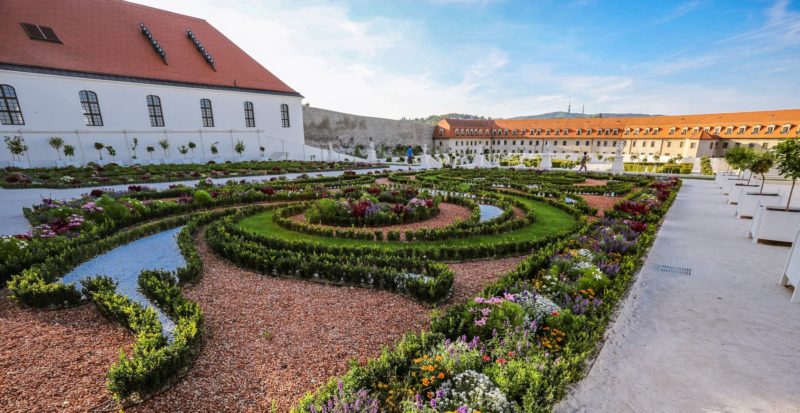
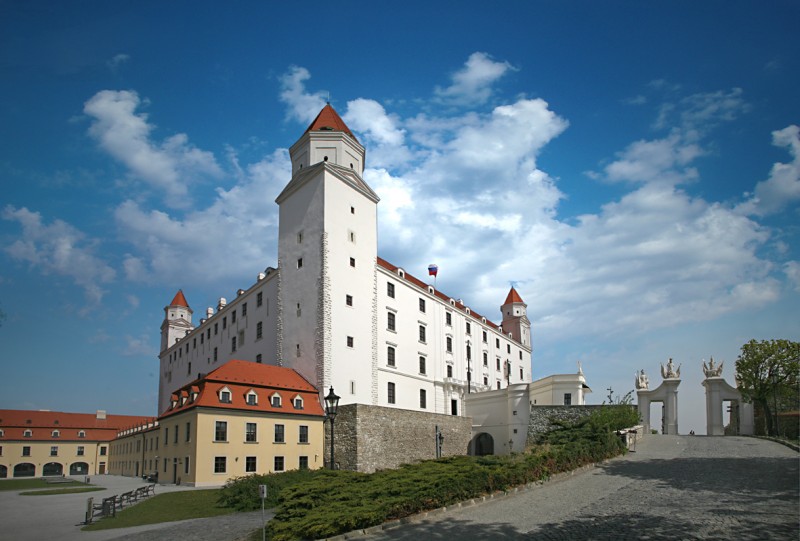
While the whole Cathedral of St Martin, the greatest church in the city, regained its Gothic look in the 19th century, its baroque St John the Almoner’s Chapel, named after a saint from Cyprus whose remains are kept in a case above the altar, has remained unchanged.
Famous Austrian sculptor Georg Rafael Donner created the chapel and its detailed decoration. He spent up to 10 years of his active life in Bratislava and created a lot of excellent artwork here. In gratitude to his patron and commissioner of the chapel, the archbishop of Esztergom, Imrich Esterházy, the sculptor immortalised his face in the face of a saint on the equestrian sculpture St Martin with a Beggar. He gave his own face to the beggar whom the saint gives half of his cloak. The sculpture originally dominated the Baroque main altar. After spending some time outside the cathedral, it returned to the cathedral. However, this time it was placed in the right-side aisle rather than on the main altar.
“The uniqueness of the sculpture is also in the fact that St Martin is not dressed like a Roman soldier, but as a Hungarian hussar,” said tour guide Zuzana Godárová.
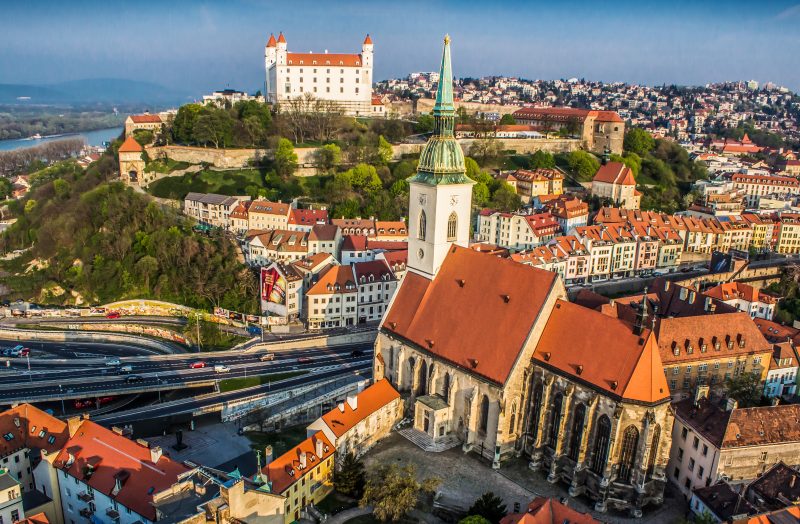
Standing on Župné Square, the Church of St John of Matha, also known as the Trinitarian church, is another noteworthy sacral Baroque monument. It was built in the radical Baroque style, which can be seen in the arched façade. Unique is the ceiling with an illusory fresco, which seems to reach great heights when viewed from the inside, even though the dome is lower. The painter behind the fresco, Italian Antonio Galli da Bibien, was inspired by Vienna’s St Peter Church.
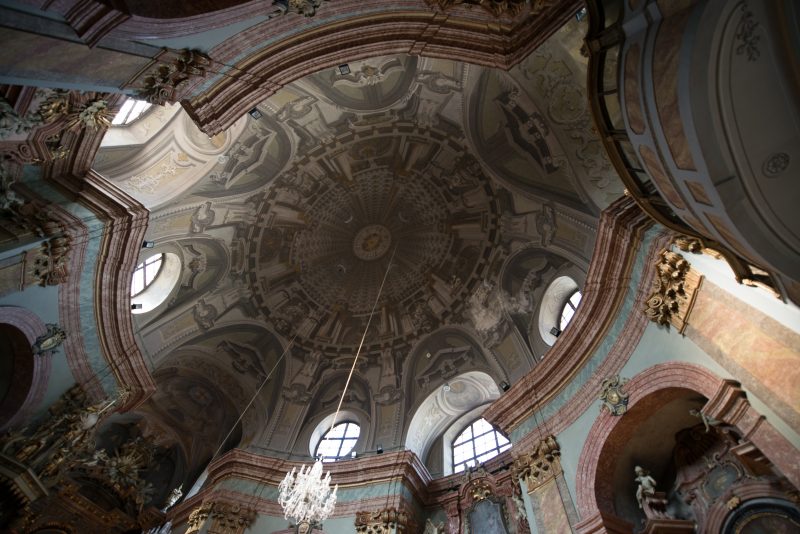
Beer is now brewed in baroque cellars
The church compound of a men’s hospital and a monastery of the Merciful Brothers’ Order at today’s SNP Square was founded by the Archbishop of Esztergom, Juraj Szelepcsényi, according to the order’s compound in Vienna. However, the Bratislavan builder created a more impressive whole, says Godárová.
The interior of the one-nave church is reminiscent of the Jesuit church of Il Gesù in Rome. Today, the extensive Baroque cellars of the monastery serve as the Monastery Brewery.

Another Baroque building, the church of St Elisabeth’s Order, is located nearby on Špitálská Street. It is part of a hospital that Imrich Esterházy founded for women. The façade of the church was built in the radical Baroque style and the interior is an example of classic Baroque style. Viennese architect Anton Pilgram designed the church.
The construction of secular Baroque buildings followed a few years after the construction of sacral buildings. The first Baroque palace was built by the Jeszenáks family on Michalská 3 in 1730. Keglevič Palace on Panská 27, Pálffy Palace on Ventúrska 10 and Jeszenák’s Palace on Main Square 4 followed.
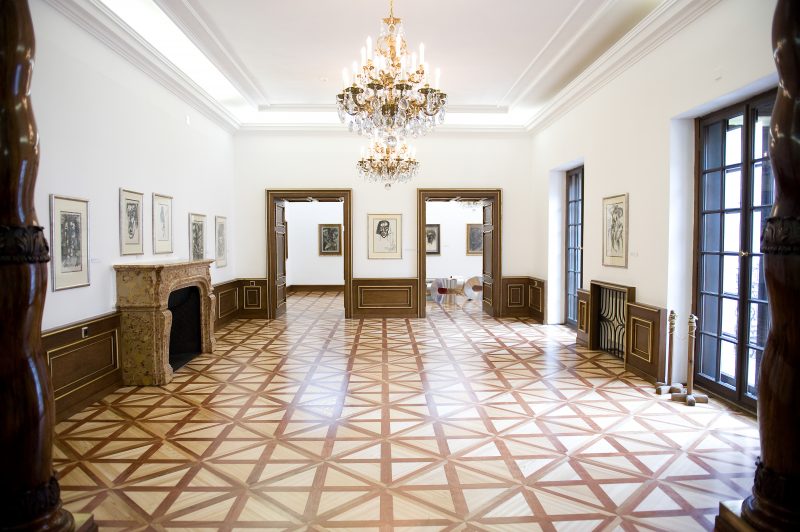
Today, there are various shops and fast-food outlets on the ground floors of these buildings. Visitors can try various types of sandwiches and cold pressed juices in Pálffy Palace’s Fach Bistro, or taste the famous Bratislava rolls in Café Mayer in Jeszenák’s Palace.